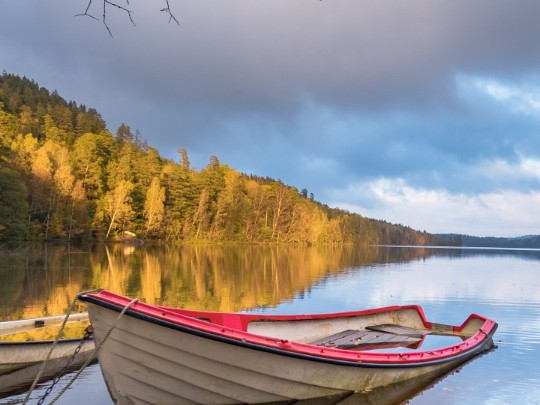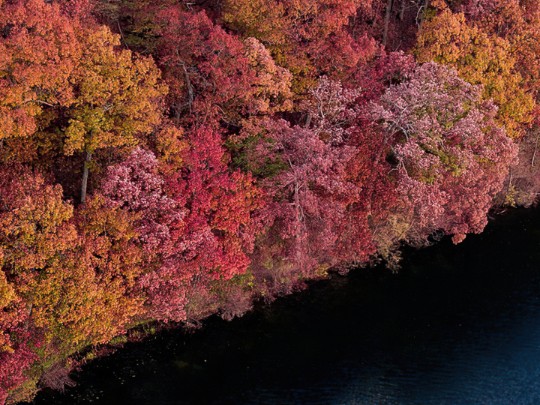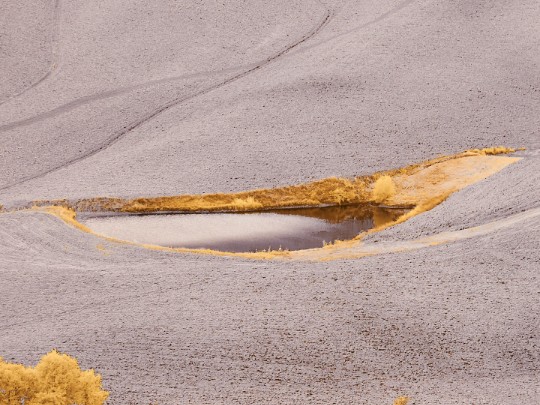Why Are Some Leaves Blue? Exploring Nature's Rare and Stunning Colour Variation

Australia's landscapes are renowned for their unique flora and fauna, but have you ever encountered a leaf that isn't green? While chlorophyll dictates the usual verdant hue, a fascinating anomaly exists: blue leaves. These aren't a trick of the light – they’re a genuine manifestation of remarkable adaptations within the plant kingdom, and a stunning reminder of nature's creativity.
The Science Behind the Blue
Most leaves appear green because of chlorophyll, the pigment responsible for photosynthesis. However, blue leaves defy this norm. The colour isn't due to a blue pigment itself (though that can occur in flowers!). Instead, it's a result of a unique combination of leaf structure and pigmentation. Certain plants possess leaf surfaces covered in microscopic, highly reflective structures. These structures scatter blue light more effectively than other colours, giving the leaf its distinctive blue tint. Think of it like a tiny, natural mirror.
Meet the Blue Daisy Bush (Westringia) – An Aussie Example
One of the best-known examples of blue foliage in Australia is the Blue Daisy Bush (Westringia). Native to coastal regions, this hardy shrub boasts silvery-blue leaves that provide year-round colour and texture. The subtle blue hue adds a touch of visual interest to gardens and natural landscapes alike. Other plants worldwide, while less common, also exhibit this phenomenon, demonstrating it’s not exclusive to Australia.
Beyond Aesthetics: Functionality of Blue Foliage
The evolution of blue foliage isn't purely for show. Scientists believe the colour can serve several purposes:
- Protection from Sunlight: The reflective properties of blue leaves may help protect the plant from intense sunlight, reducing the risk of damage.
- Pollinator Attraction: While primarily associated with flowers, blue hues can also attract certain pollinators, indirectly benefiting the plant’s reproductive success.
- Temperature Regulation: The reflective surface can help regulate the leaf's temperature, preventing overheating in hot climates.
A Reminder of Nature's Wonders
Encountering blue leaves in nature is a truly special experience. It's a testament to the incredible diversity and adaptability of the plant kingdom. It encourages us to look closer, to appreciate the subtle nuances of the natural world, and to continue exploring the mysteries that remain. So, next time you're out exploring the Australian bush, keep an eye out – you might just be lucky enough to spot this rare and beautiful phenomenon!
Whether you're a seasoned botanist or simply an admirer of nature, the sight of blue leaves is sure to leave you in awe. It's a reminder that the world is full of surprises, and that there's always something new to discover.


![Escape to Tranquility: Uncover the Magic of [Village Name] - A Hidden Fjord Paradise](https://wp-cdn.anyselected.com/prod/c5/69/c569a28643d8fb2f932e112125fff9e9.jpg?re_source=none)



